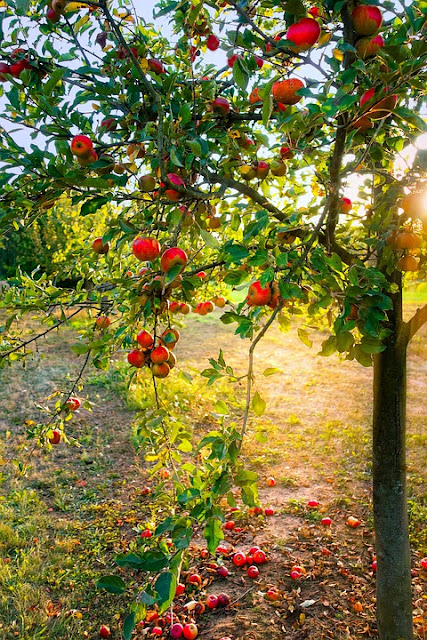Welcome to today's green-tech fruit growing section ,we will be giving you tips on how to grow fruit in your orchard.
Select fruits and varieties which won’t need harvesting during the summer holidays (unless you can organise a community harvest day). With this in mind, make sure someone is available to water and care for the plants during school holidays .
Start with easy plants like strawberries which don’t take a lot of room or maintenance and will give results quickly.
Fruit trees can provide a permanent back-drop to a vegetable or flower area, where annual crops come and go. They can be used to divide borders and can be pruned and trained into very attractive shapes along permanent supports such as a post and wire framework or along fences, walls, trellises, archways and pagodas – all of which can look stunning in a school garden.
Keep it small and simple to start off with. If you have a large area, it is easy to find a class-sized plot for children to start working in – you can always add more as you gain in experience and confidence.
If you only have a small area available for growing, try growing fruit in containers. A wide variety of planters and gardening containers are available from high street and online stores and it is also possible to use your own containers made out of unwanted household or garden objects such as old water butts, wheelbarrows, etc.
Some fruits can be trained up walls, fences, trellises and other vertical frameworks – this is a brilliant way of gaining valuable growing space and helps children understand how plants grow and the different ways in which they can be trained to form attractive features.
Raised beds are great for growing soft fruit (strawberries, cane and bush fruits) and trees on dwarfing rootstocks, especially where the underlying soil is poor.
Use fruit growing to tie-in with other topics including, eg composting, encouraging wildlife (or grow fruit trees in a wildlife garden), pest and disease spotting and problem solving, recycling and cooking.
Health And Safety
There are a wide variety of gardening tools specifically designed for children to use, which will help them feel more involved and are less likely to put them off gardening. Children should be supervised at all times when using tools – particularly sharp cutting equipment like secateurs and heavy tools such as spades, rakes and wheelbarrows. Even small trowels can be dangerous and should always be used under supervision.
